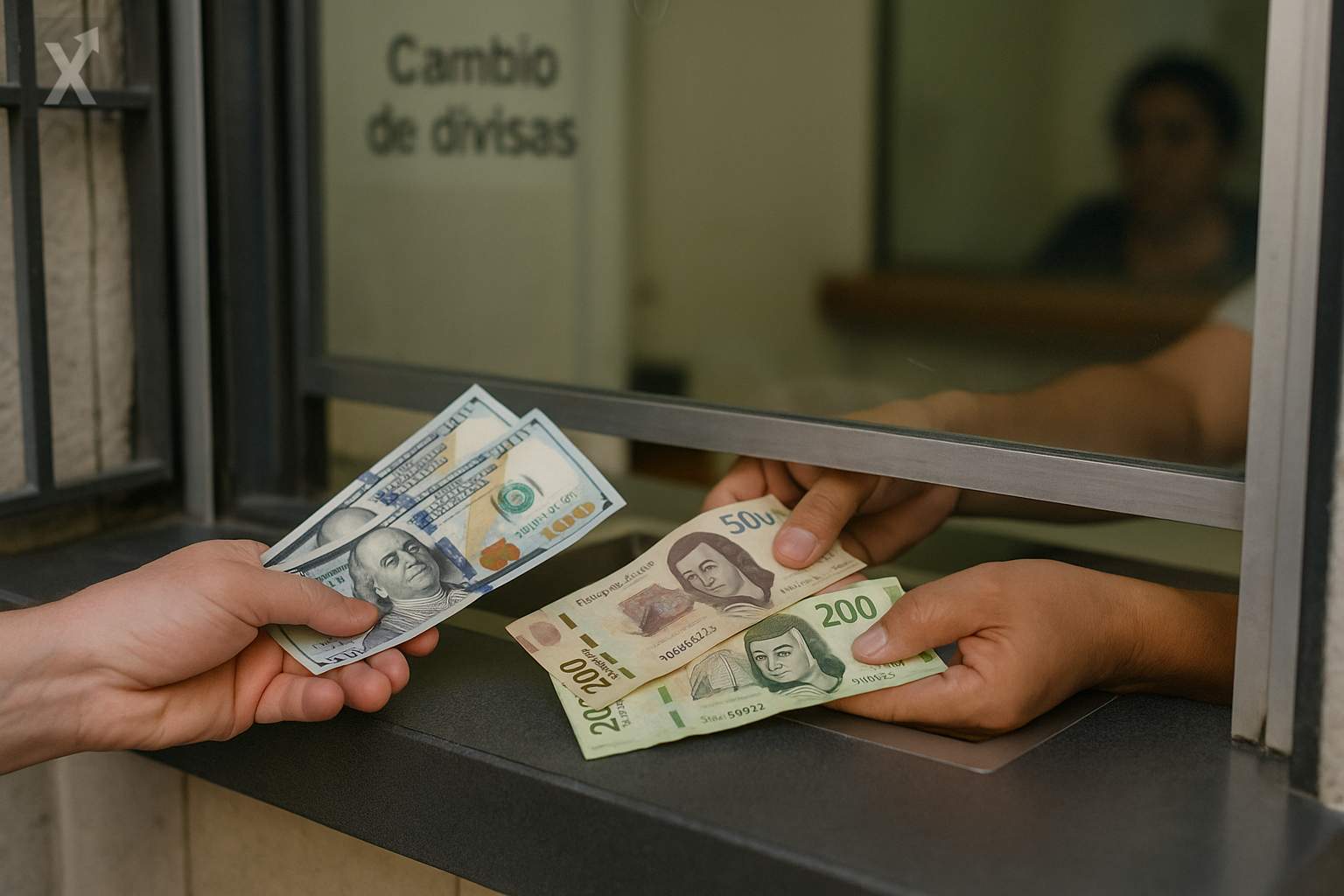Fed Rate Cut Reshapes the Playing Field for Mexico: Exchange Rate, Banxico, and Financing

The U.S. Federal Reserve has cut its benchmark interest rate for the second time this year by 25 basis points, setting it in a range of 3.75%–4%. This decision, made amid unusual internal dissent, was delivered with messages of caution: Chairman Jerome Powell emphasized that another adjustment at the next meeting is not guaranteed. Additionally, the U.S. central bank announced it would end the reduction of its balance sheet, signaling an easing of global financial conditions.
For Mexico, this move carries mixed implications. In the short term, lower rates in the U.S. tend to make dollar financing cheaper and benefit emerging market assets, which typically supports the peso and local bonds. However, the motivation behind the cut—signs of a cooling labor market in the U.S.—also suggests a risk of weaker external demand, a key element for Mexico's export-oriented industry.
The Bank of Mexico, which has maintained a restrictive stance to ensure inflation converges with its target, will watch this shift with caution. While a less hawkish Fed gives the local monetary policy some room to gradually move toward lower rates, the path forward will depend on core inflation, service prices, domestic price formation, and exchange rate stability. Recent history shows that Banxico makes decisions independently, weighing persistent inflation and expectations above external moves.
In the real economy, a slowdown in the U.S. could moderate orders in sectors such as automotive, electronics, and electrical equipment, especially in border states and manufacturing corridors in the Bajío region and northern Mexico. Even so, investment flows linked to supply chain realignment—nearshoring—remain a potential buffer, as long as they encounter adequate financing conditions and infrastructure to take off.
For companies and government entities with dollar-denominated obligations, the Fed rate cut tends to marginally lower debt costs and improve issuance windows. In the local market, a more stable yield curve could translate to better rates for corporates with high credit quality. For households and micro, small, and medium-sized enterprises, the relief will be more gradual and depend on the trajectory of the TIIE (Interbank Equilibrium Interest Rate) and banking competition, since lending costs in Mexico are mainly anchored to Banxico's decisions and domestic factors.
The exchange rate will remain a key anchor. A relatively weaker dollar, due to interest rate differentials, can favor the peso, but bouts of risk aversion—whether from weak U.S. data or political and fiscal tensions—could reverse that support. This volatility also affects the purchasing power of remittances: a stronger peso reduces their conversion to local currency, though migrant employment in the U.S. and seasonal patterns usually have a bigger impact on overall flows.
In summary, the Fed's rate cut softens external financial conditions and offers some relief in dollar funding costs, but it doesn't eliminate the risks of a slowdown in the U.S. economy. For Mexico, the balance between a stable exchange rate, internal disinflation, and export resilience will be crucial. Banxico will maintain a cautious and data-dependent approach, while companies and households will take advantage of any improvements in rates with a selective outlook.






